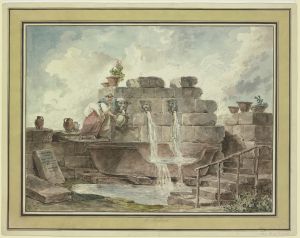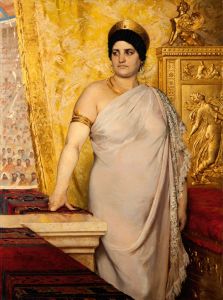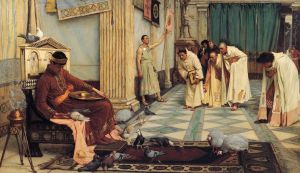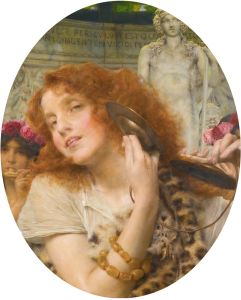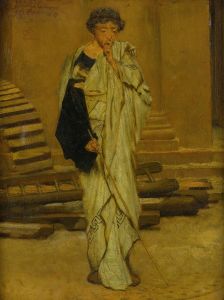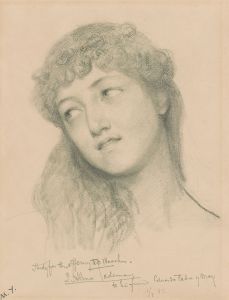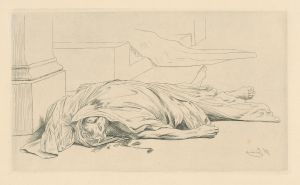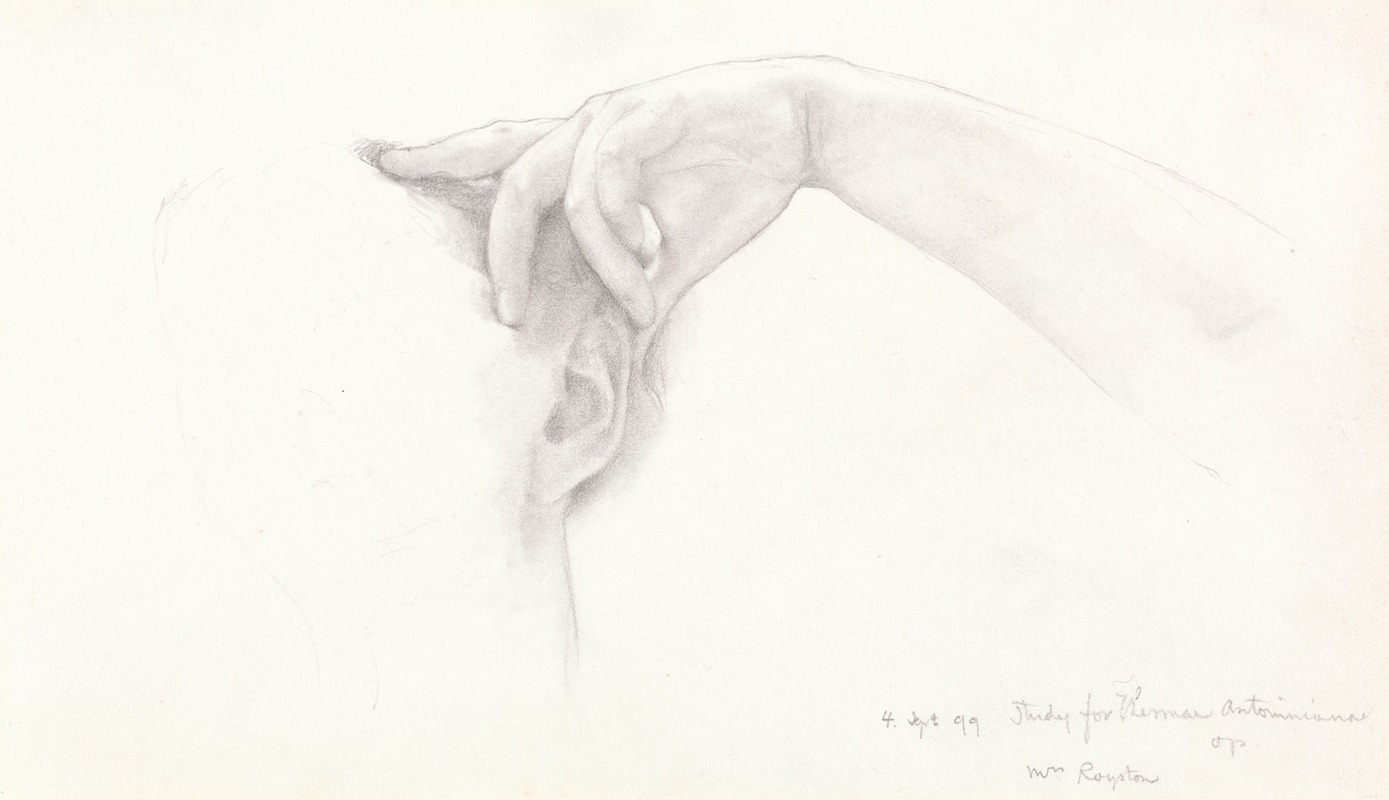
Study for Thermaie Antoniniane
A hand-painted replica of Lawrence Alma-Tadema’s masterpiece Study for Thermaie Antoniniane, meticulously crafted by professional artists to capture the true essence of the original. Each piece is created with museum-quality canvas and rare mineral pigments, carefully painted by experienced artists with delicate brushstrokes and rich, layered colors to perfectly recreate the texture of the original artwork. Unlike machine-printed reproductions, this hand-painted version brings the painting to life, infused with the artist’s emotions and skill in every stroke. Whether for personal collection or home decoration, it instantly elevates the artistic atmosphere of any space.
Lawrence Alma-Tadema, a Dutch-born British painter, is renowned for his depictions of the luxury and decadence of the Roman Empire, often characterized by meticulous attention to detail and a romanticized view of antiquity. One of his notable works is "Study for Thermaie Antoniniane," which reflects his fascination with ancient Roman culture and architecture.
"Study for Thermaie Antoniniane" is a preparatory work for a larger painting that Alma-Tadema intended to create, focusing on the Baths of Caracalla, also known as the Thermae Antoninianae. These baths were one of the largest and most luxurious public baths in ancient Rome, constructed during the reign of Emperor Caracalla in the early 3rd century AD. The baths were a marvel of Roman engineering and architecture, featuring extensive facilities that included hot and cold baths, swimming pools, gymnasiums, and gardens.
Alma-Tadema's study captures the grandeur and opulence of these baths, showcasing his skill in rendering architectural details with precision. His work often involved extensive research into historical sources, including archaeological findings and ancient texts, to ensure accuracy in his depictions of Roman life. This dedication to authenticity is evident in the intricate details of the columns, mosaics, and sculptures that populate the scene.
The composition of "Study for Thermaie Antoniniane" reflects Alma-Tadema's ability to create a sense of space and depth, drawing the viewer into the world of ancient Rome. The use of light and shadow, along with the careful arrangement of figures within the architectural setting, demonstrates his mastery of perspective and his ability to convey the atmosphere of a bygone era. The figures in the study are depicted in leisurely poses, emphasizing the social and cultural significance of the baths as a place of relaxation and socialization for the Roman elite.
Alma-Tadema's work is often characterized by its romanticism and idealization of the past, and "Study for Thermaie Antoniniane" is no exception. The painting reflects a nostalgic view of antiquity, presenting a vision of Roman life that is both idyllic and grandiose. This approach resonated with the Victorian audience of his time, who were fascinated by the classical world and its perceived values of beauty, order, and civilization.
While "Study for Thermaie Antoniniane" is a preparatory work, it stands as a testament to Alma-Tadema's artistic vision and his ability to bring the ancient world to life through his art. His paintings continue to be celebrated for their technical skill and their ability to transport viewers to a different time and place, offering a glimpse into the splendor and sophistication of ancient Rome.





